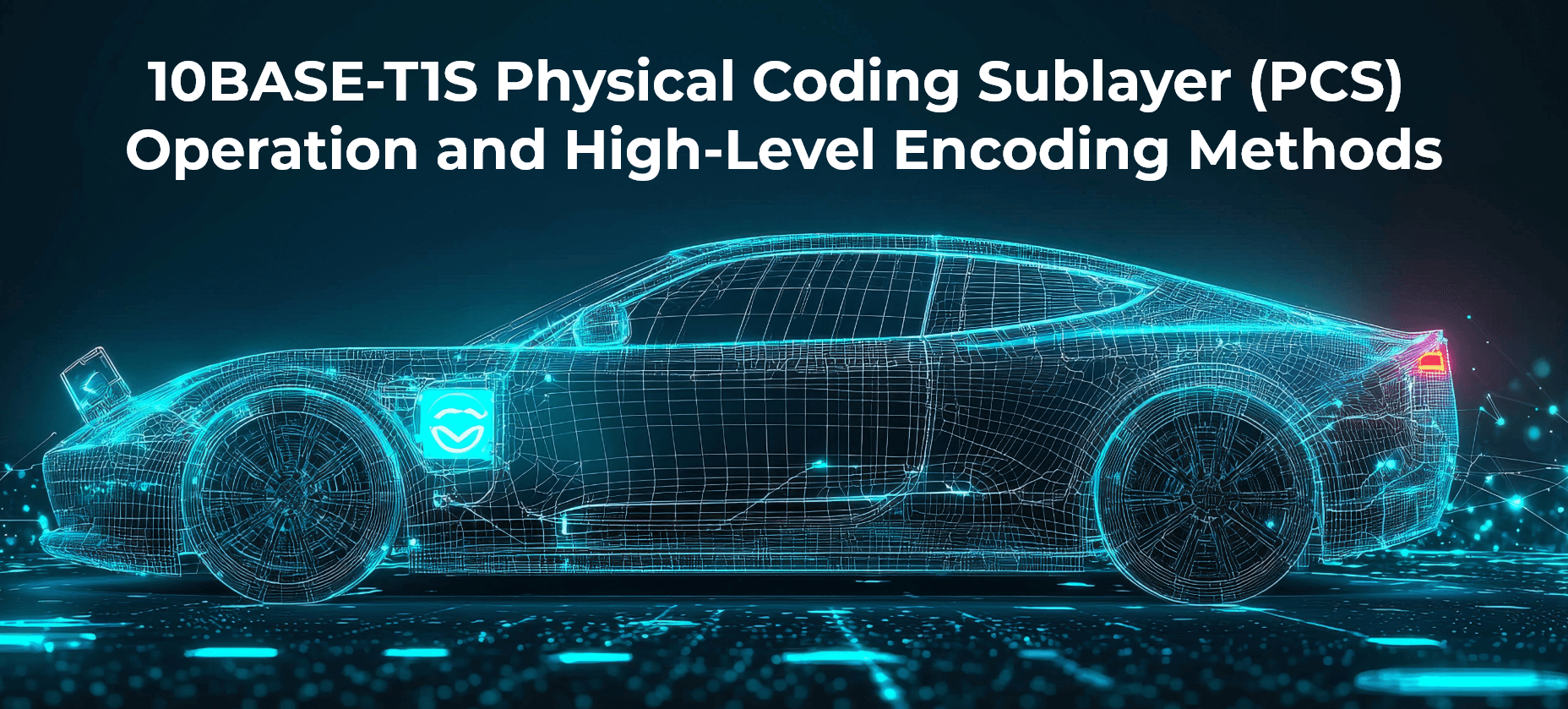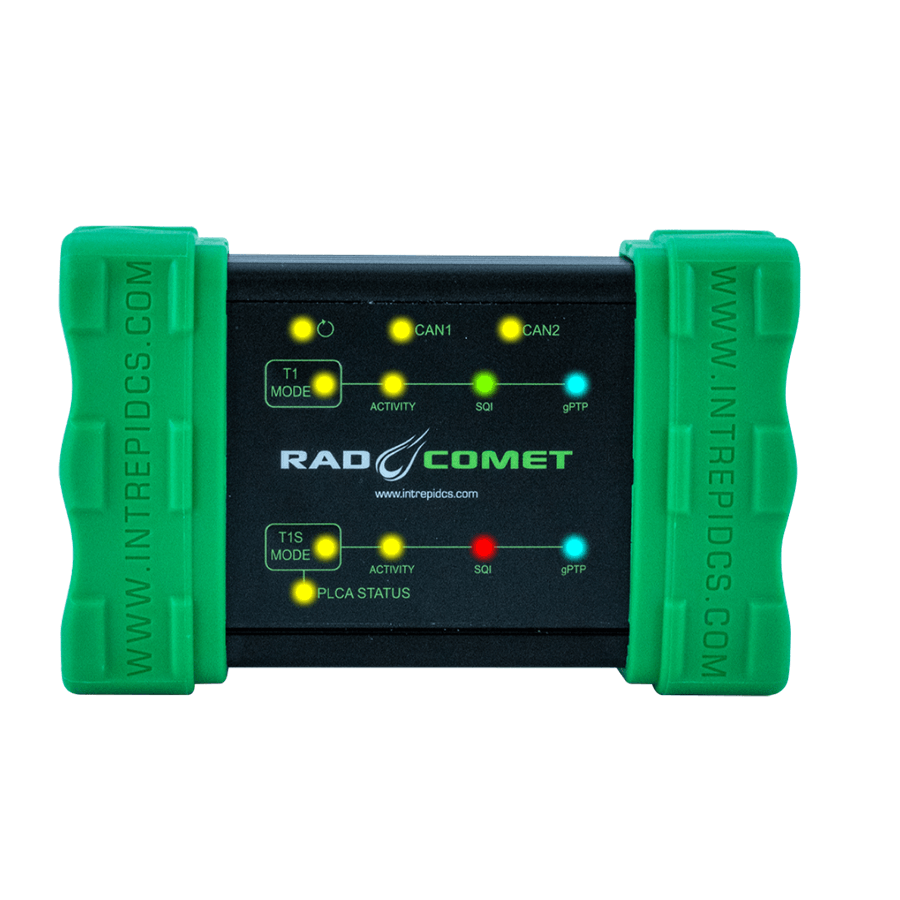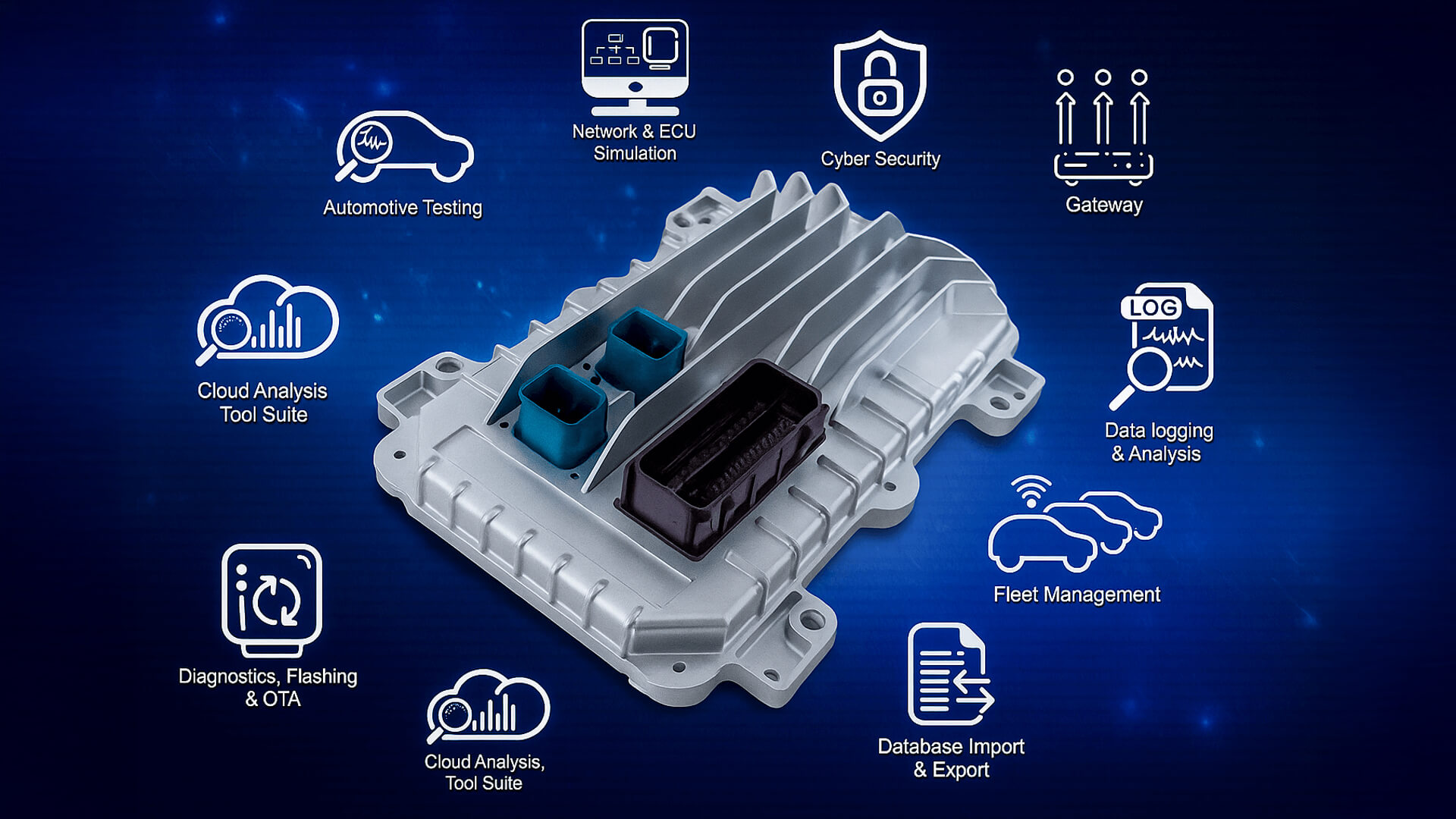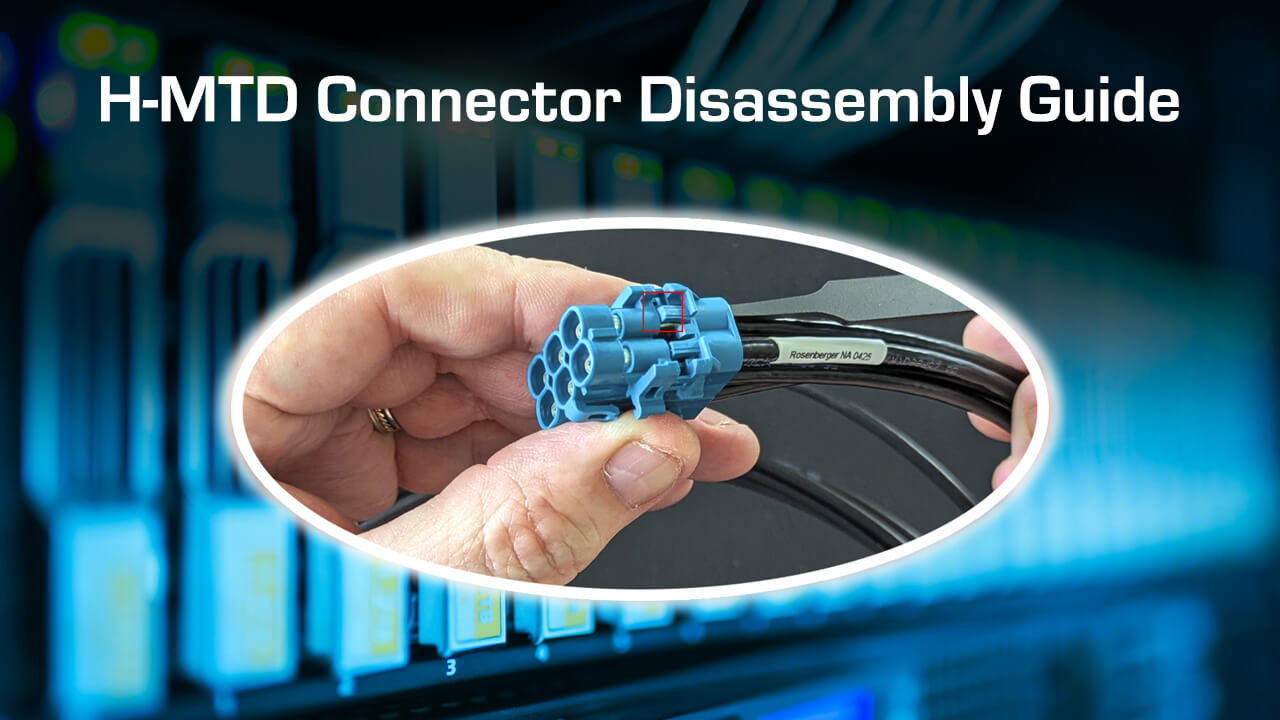Compared to most other modern forms of Ethernet, the PCS of 10BASE-T1S is significantly reduced in complexity due to a 10 Mbit/s operation, using a simple 2-level binary signal and Differential Manchester Encoding (DME) at the physical layer. These things eliminate the need for much of the complexity in the PCS, including any Decision Feedback Equalizer (DFE), Forward Error Correction (FEC), Echo Cancellation, and other complexities. This is true even if the PHY is run in the optional point-to-point full-duplex mode. DME is discussed in more detail in the next section, but the simplifications in the PCS in comparison to 100BASE-T1 are included in the following table:
|
10BASE-T1S |
DME-Based |
DSP-Based |
|
2-Level Binary Signal |
Simple Window Comparator |
Multi-Bit, high-speed ADC needed |
|
Slower Speed (10 Mbit) |
Simple Equalization |
Adaptive Equalization |
|
Half-Duplex / 1 Transmitter at a Time |
No Echo Cancellation Needed |
Echo Cancellation Needed |
|
DME includes Clock in Signal |
Simple Clock Recovery |
Complex Clock Recovery |
|
DME is Balanced |
No Need for Wander Correction |
Baseline Wander Correction Needed |
Differential Manchester Encoding, 2-level signaling and 10 Mbit/s operation
simplify a 10BASE-T1S PHY in comparison to other Ethernet networks.
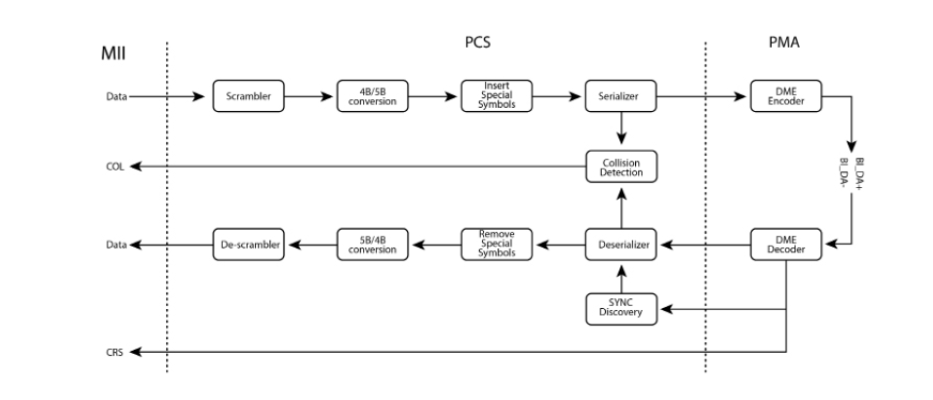
MII, PCS and PMA data flow diagram.
Use of Collision Detect COL and Carrier Sense CRS at the MII
Collision detection and carrier sense were needed before full-duplex operation became the norm and Switch is used for nearly all Ethernet forms. Two signals in the standard MII interface still exist in support of this. They are COL and CRS. In 10BASE-T1S half-duplex mode, a transmitter must wait for its Transmit Opportunity (TO) before attempting to transmit. This leads to a possible delay when a host may attempt to transmit and when the PHY has a TO available as well. To eliminate the need for large buffering in the PHY, CRS and the COL signals are used in the following way. The CRS is true when there is energy on the line. In other words, there is activity and MAC must wait. If the MAC forwards data to the PHY, there is still a chance that a different node starts transmitting while waiting for a TO. If this occurs, COL is asserted to force the MAC connected to the MII to go into the random backoff mode. The maximum backoff time in the MAC is shorter than the minimum Ethernet frame duration, ensuring this logic does not cause a missed TO for data entering the PHY.
Scrambler
A 17-bit self-synchronizing scrambler is used to improve EMC characteristics. On incoming, the scrambler is performed prior to any Special Function symbols like the BEACON, COMMIT, and others. By doing this, some EMC performance is lost; however, this is necessary to preserve the 5B Special Function binary pattern necessary for other PCS and PMA blocks to recognize

Self Synchronizing Scrambler.
4B/5B Encoding
Four bits from the MII are converted to five bits to allow some special symbols to be transmitted. Some of these were mentioned in the section on the PLCA. We described 4B/5B Block Encoding in the previous section 7.3.3; therefore, refer to it for more information. The 4/5 ratio also supports an easy rate change with a 25MHz clock without additional logic. 4B/5B encoding has good automotive EMC/EMI characteristics and can support PoDL.
| Name | 4B | 5B | Special Function |
| 0 | 0000 | 11110 | – |
| 1 | 0001 | 01001 | – |
| 2 | 0010 | 10100 | – |
| 3 | 0011 | 10101 | – |
| 4 | 0100 | 01010 | – |
| 5 | 0101 | 01011 | – |
| 6 | 0110 | 01110 | – |
| 7 | 0111 | 01111 | – |
| 8 | 1000 | 10010 | – |
| 9 | 1001 | 10011 | – |
| A | 1010 | 10110 | – |
| B | 1011 | 10111 | – |
| C | 1100 | 11010 | – |
| D | 1101 | 11011 | – |
| E | 1110 | 11100 | – |
| F | 1111 | 11101 | – |
| I | N/A | 11111 | SILENCE |
| J | N/A | 11000 | SYNC/COMMIT |
| K | N/A | 10001 | ESDERR |
| T | N/A | 01101 | ESD/HB |
| R | N/A | 00111 | ESDOK/ESKBRS |
| H | N/A | 00100 | SSD |
| N | N/A | 01000 | BEACON |
| S | N/A | 11001 | ESDJAB |
4B/5B Symbol Encoding.
Intrepid’s 10BASE-T1S Hardware
RAD-Moon T1S - 10BASE-T1S Media Converter
The Intrepid RAD-Moon family of Media Converters has a new member supporting the latest Automotive Ethernet technology. 10BASE-T1S is a low-cost, low-speed, multidrop version of Automotive Ethernet widely considered for the replacement of CAN and CAN FD.
RAD-Comet 3 - 10BASE-T1S Converter
The RAD-Comet 3 is a versatile device for developing and testing 10BASE-T1S communication in automotive systems. It can be programmed to simulate a node on a 10BASE-T1S network as well as capture and analyze 10BASE-T1S traffic simultaneously with other vehicle networks.
RAD-Comet 2 - 10BASE-T1S Converter
The RAD-Comet 2 is a versatile device for developing and testing 10BASE-T1S communication in automotive systems. It can be configured and used to simulate a node on a 10BASE-T1S network as well as capture and analyze 10BASE-T1S traffic simultaneously with other vehicle networks.

